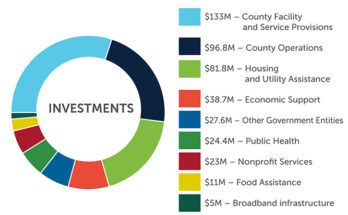We all knew Governor Brian Kemp was a liar and cheater, now we know that he and his administration are playing with the lives of Georgia residents during the COVID-19 pandemic. By reopening Georgia and putting out false data, could this be considered attempted murder by Governor Brian Kemp?
Thanks to the Atlanta Journal and Constitution, those nice graphs that Kemp used to justify reopening were all a lie. Was it an intentional lie?
Matthew Fleischer with the Los Angeles Times has this to say about the Governor of Georgia and those in his administration.
Georgia’s coronavirus data made reopening look safe. The numbers were a lie
By Matthew Fleischer, Los Angeles Times Opinion
Nothing about the spread of the coronavirus or the nature of the disease suggests that it’s safe to get back to business as usual. And yet “reopen” is the word on almost every American’s lips, despite apocalyptic warnings from public heath experts suggesting that, without an aggressive national public health strategy, the country could face its “darkest winter.”
In the absence of a coherent federal public health response, millions of Americans are trying to will the coronavirus away through the sheer force of their God-given exceptionalism.
Mass delusion seems a dubious strategy for ending the coronavirus crisis. And yet if you look at the data coming out of Georgia over the past month — which had one of the earliest and most aggressive efforts to reopen its economy — you might be convinced that there is little danger in a broad economic reopening.
According to state data models, which Gov. Brian Kemp used to justify Georgia’s aggressive reopening, the state’s infection curve has been rapidly heading in a direction that would be the envy of states like California, with its aggressive lockdown rules. The Wall Street Journal hailed the “Georgia Model” as evidence that aggressive lockdowns were needlessly harming the economy.
Georgia’s miraculous curve seemingly played an important role in the changing public sentiment around reopening nationally. If it’s working in Georgia, why can’t it work here?
Georgia’s flattening curve defied all scientific logic. Pandemics don’t end because the economy is suffering and we want them to.
And yet data don’t lie. Or do they?
Thanks to the Atlanta Journal Constitution, we now know things did indeed look too good to be true. Georgia’s coronavirus numbers looked so rosy because officials misrepresented the data in such a way it’s difficult to believe it wasn’t done on purpose.
“I have a hard time understanding how this happens without it being deliberate,” microbiology and molecular genetics PhD and state Rep. Jasmine Clark told the Journal Constitution. “Literally nowhere ever in any type of statistics would that be acceptable.”
Georgia isn’t the only state itching to reopen that has a penchant for dubious data. Florida actively tried suppressing county coroners from releasing COVID-19 death tallies.
Time will tell if Georgians will pay the price for the irresponsibility and incompetence of their leaders, or if they’ll catch a break. Hot, humid summer weather could send coronavirus into a remission unearned by responsible public health strategies.
One thing, however, is certain: Wishful thinking isn’t going to end this pandemic. If the numbers look too good to be true, they probably are.
Stay home if you can, wear a mask, and don’t let politically motivated talk of reopening lull you into a false sense of security.





